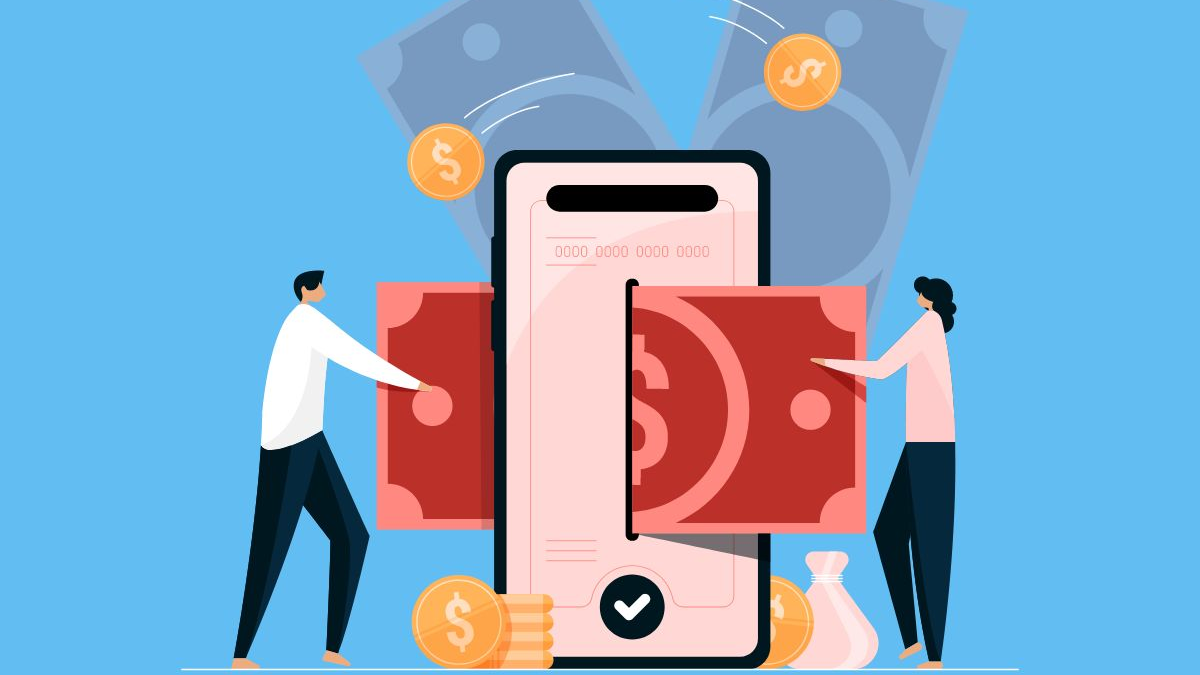The Financial inclusion in Argentina progress, but still faces unavoidable structural challenges. According to the latest report by the Central Bank (April 2025), although the Digital payments They grew due to the pandemic effect, the cash still represents 18% of sales in supermarkets and 12% in appliances, especially in rural areas, where The ticket “is still king” In many transactions.
However, thinking of inclusion only as digital banking is to stay halfway. True inclusion requires territorial accessibility, diversity of means of payment and proximity to socio -economic realities of each person, especially in the informal universe that characterizes an important part of the country.
Extrabancar points: the real entrance door
According to Walter BarisoneDirector of Payment Media and Turn channels (Rapipago), today there are multiple extrabancary routes to operate: From face -to -face collection networks, to integration with digital wallets, QR codes, debit card payments and hybrid solutions. These tools allow to extract effective, pay services, make recharges or deposit and withdraw cash without having a traditional bank account.
“From Rapipago, we contribute to this real inclusion from a territorial perspective. With more than 10,000 branches throughout the country, we provide a service that allows paying with cash, debit or QR of digital wallets; in addition to allowing to extract up to 170,000 pesos. We do it with a key capillarity: 81% of our branches are located in areas where there are two, one or none or none of a bank or none of a bank. meters.
According to Barisone, 29% of its users are totally not bankruptgenerating 21% of its income: evidence of the vital role of extrabancar points as knots between informal economy and financial system.
More use, not only access
Although the penetration of accounts grew to approximately 99% of adults, the challenge now is to promote the use of financial tools beyond the basics: Savings, credit, investments and family planning.
According to Damián PalaisCapital Cocos Advisor, “Little savers demand flexible products that integrate savings, payments and investments in multiple schemes that respond to emerging profiles.”
“The objective was always to facilitate the first steps and knock down the fear of using digital tools to handle money.”he said recently.
Valeria Rodriguezdirector of Lyra Argentina, added that technology has the power to transform the financial landscape, allowing millions of people to access services that were previously unattainable. “Financial inclusion is a necessity for equitable economic development,” said the analyst, and explained: “Despite technological advances, millions of people around the world still do not have access to formal financial services, leaving them out of the economic cycle. For many, access to credit is limited or non -existent, perpetuating inequality. Integrate and collaborate with technological solutions that facilitate access to credit agile or simple is today the available solution to evaluate users without resorting to traditional methods, which usually exclude those without bank or credit history. “
Education and gender: inclusion is not neutral
Another approach to financial inclusion is linked to the theme Gender, diversity and human rights, which demands clear language, simple requirements, territorial and accessibility approaches women and young people.
This intersectional approach indicates that, in addition to expanding coverage, they are needed financial education tools adapted to vulnerable segments (women, rural and informal people) so that they can understand and use financial services actively.
That is why Marcelo GonzálezCEO and co-founder of Veritran, considered that the use of digital payment means still has ample space to continue growing. “The question that arises is, why if digital wallets have developed both in the last two years, a digital payments that manage to displace traditional means of payment has not yet been consolidated. The answer is simple: There is an access gap that affects the most vulnerable social sectors. And it is useless to create a digital payment method if it lacks acceptance in shops. “
One of the solutions proposed by Gonzales is to overcome the situation in which the costs do not play in favor of the merchants, and therefore of the users, so that there is a greater offer of digital collection applications that can go out to compete. “In this way, it will tend to zero the price that businesses must pay for having a medium of digital acquiring,” pointed out.
Data that reflect opportunities
Another solution points to the fundamental role that the Collection points, as connection nodes between the informal economy and the financial system. According to tour data, 29% of the final customers of this company are non -banking peoplethat many times belong to vulnerable populations.
“The challenge we have ahead as a country,” he insisted Walter Barisone- It is not just to encourage the use of Digital paymentsbut to guarantee that no one is outside the process. For that, it is necessary to continue strengthening the coverage of the access points, especially in localities with low banking density. It is not just about technology, but a presence. Because when a person has a rapipago a few meters from his house, he also has an opportunity to pay his accounts, load his cell phone, collect a benefit or start familiar with digital tools, without feeling excluded. “
Technical keys and innovations
According to the BCRA, the use of extrabancar points by debit card in May 2025 included 4.2 million extractions for $ 221.5 billion (Average $ 52,800). In addition, the growth of digital wallets and QR codes continues to consolidate interoperability between PSPs, reducing costs and increasing accessibility.
Internationally, The World Bank It emphasizes that, after having reached an owner of 80% or more, the focus now is Advance the effective use of accounts, credit, insurance and savings, complementing digital products with structured financial education.
Pending challenges and recommendations
-
Strengthen territorial infrastructure: Increase extrabancar points and ATMs in unattended areas.
-
Design comprehensive products: friendly deadlines, adequate amounts and microcredits adapted to MSMEs and informal.
-
Implement personalized financial education: with gender approach and adapted to the socioeconomic profile.
-
Enhance interoperability and agile regulation: To facilitate digital payments without friction.
-
Measure use results, not only access: Monitor how much the financial system is used and how it impacts income, savings and resilience.
Real inclusion, not only digital
The country achieved a notable expansion of accounts and digital transactions, but the cash continues with strong roots, especially in vulnerable sectors. Authentic financial inclusion goes through connect digitalization with territorial closeness, personalized education and real financial solutions.
The extrabancar points – like those of Rapipago and face -to -face charges – play a fundamental role in this process of democratization of the system.
The challenge is now to consolidate products, capacities and regulations that allow All Argentines not only open an account, but actively use ittransforming inclusion into real and sustainable economic development.
Source: Ambito




